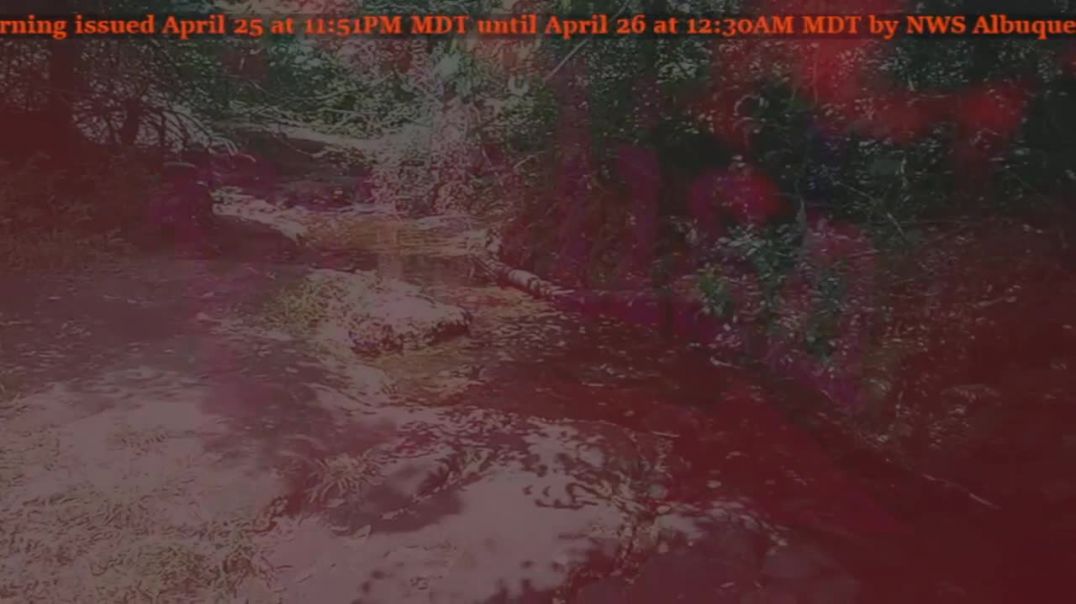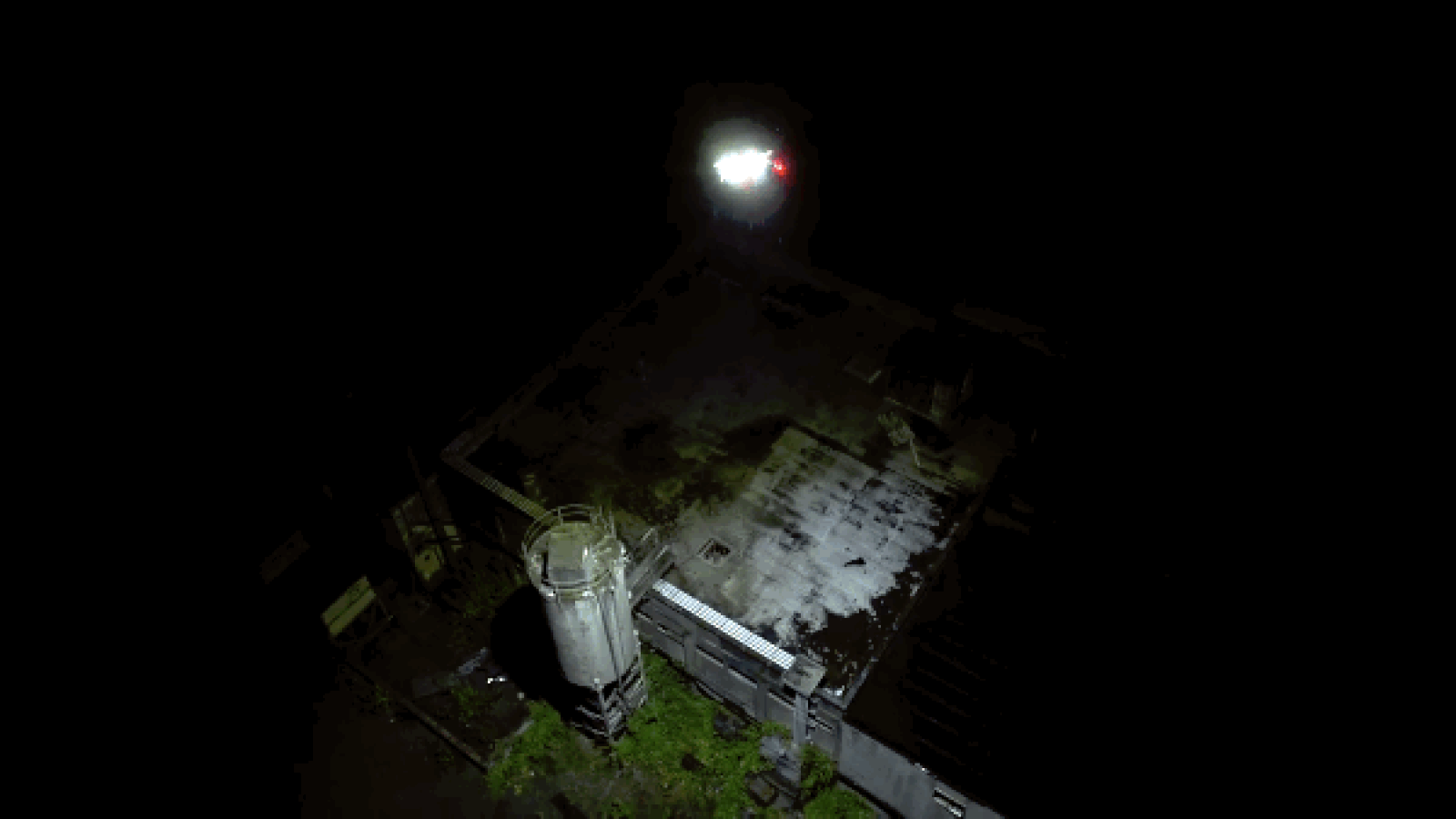Live streaming on Altcast.TV is now available!
OFFICIAL WEATHER MODIFICATION, INCORPORATED ☣️🌫️✈️ PLANE
Everyone Wanted To See Proof Of The Geoengineering Weather Manipulation Planes With Chemicals Attached To The Wings, Here’s Video Proof!!
🚨 Everyone Better Share & Bookmark This So As Many People See It As Possible Before Getting Nuked!!
Official Weather Modification, Incorporated Plane ☣🌫✈
Weather Modification, Incorporated is a cloud seeding business you can look it up, this is real
Please visit: https://www.geoengineeringwatch.org/
Source: https://twitter.com/WallStreet....Apes/status/17684257
Thumbnail: https://www.sfchronicle.com/ca....lifornia/article/An-
With Northern California’s traditional rainy season having gone dry, some water and power agencies are taking to the skies in hope of boosting rain and snowfall through a practice known as cloud seeding.
Cloud seeding, mostly done with planes, sows rain clouds with a chemical vapor, including silver iodide particles that can bond with moisture, freeze into ice crystals and fall as rain or snow, artificially increasing the amount of precipitation from the clouds.
While the process of chemically altering the weather sounds like something from a sci-fi story, the practice stretches back to the 1940s and has been successful enough that the Sacramento Municipal Utility District, a power provider, has used it since 1969 to increase the rainfall and snowfall that helps fuel its hydroelectric power plants.
“We see an average of 3 to 10% increase in snowpack” as a result of cloud seeding, said Lindsay VanLaningham, a spokesperson for SMUD.
An area that might normally see snowfall equal to 50 inches of rainfall could produce up to 55 inches, in other words.
SMUD sent up a cloud-seeding plane Tuesday as a storm front moved over the Sacramento area and toward the Sierra. Its target was the upper American River area, where the utility’s reservoirs and power plants are located.
Cloud-seeding aircraft release the silver iodide particles through a series of long, narrow tubes or flares mounted on the wings. They serve as nuclei around which water vapor in the clouds bond and freezes. If they grow heavy enough, they fall to the ground as precipitation.
How often — and when — SMUD seeds depends on a number of factors including whether there are storm clouds, as well as on the physics of those clouds and the frequency of arriving storms.
“For example the wind speed, direction, air temperature, moisture content, icing structure, available storage in our reservoirs as well as numerous other factors must all align perfectly,” VanLaningham said.
SMUD is one of seven agencies in California that currently sow silver iodide into clouds, according to the state Department of Water Resources. The department doesn’t conduct or fund cloud seeding projects, said Jason Ince, a spokesperson for the agency but does track who’s engaging in the practice and where.
No Bay Area water agencies use cloud seeding, and in addition to SMUD, the only Northern California utility that uses it is the Northern California Power Agency, a consortium of municipal utilities that includes Alameda, Santa Clara, Palo Alto and Healdsburg as well as BART and the Port of Oakland and seeds over the watershed of the Upper San Joaquin, Upper Tuolumne and Kings rivers.
The Desert Research Institute uses cloud seeding in the Tahoe/Truckee, Carson and Walker River basins in the eastern Sierra, Ince said, but most of those areas are in Nevada.
Pacific Gas & Electric Co. used cloud seeding to employ cloud seeding in the watershed of Lake Almanor and north fork of Stanislaus River but has not notified state water officials of its intent to seed clouds this water year.
The East Bay Municipal Utility District doesn’t have its own cloud-seeding program, said spokesperson Andrea Pook, but contributes a small amount of money to PG&E programs since the utility has reservoirs upstream from EBMUD’s.
“The idea of (cloud seeding) is certainly valid,” she said. “It works in a lab. The question is how much does it really help?”
![MAP OF 🎑 THE MOON [A FLIPPED AND INVERTED REFLECTION OF OUR PLANE[T] 🗺]](https://s3.us-central-1.wasabisys.com/altcast1/upload/photos/2025/08/9DquQ8TiVNf3zplU4UIy_16_38112d4a4c349764f66ef11787135e03_image.jpg)



![CBS DELETED THIS ENTIRE EPISODE FROM THEIR OFFICIAL WEBSITE❗ [ORWELLIZING REALITY]](https://s3.us-central-1.wasabisys.com/altcast1/upload/photos/2025/06/jm3ebzJgwAFFqqajFTUn_01_e3bfc1d0362db5a193b472e2770d6f6d_image.png)
![TOP FDA OFFICIAL ADMITS SHE NEVER GOT COVID VACCINE❗ ⚕ [WITH MARY HOLLAND AND KIM BRIGHT]](https://s3.us-central-1.wasabisys.com/altcast1/upload/photos/2025/05/e61d9a4938edc94d8c9452be78a486363694326e7j8NHucA2XMATw5MveYK.video_thumb_8457_11.jpeg)





![A PLANE FLIES OVER ANTARCTICA BY THE ICE WALL 🏔 [AUTHENTICATED BY AI DEEPFAKE DETECTOR]](https://s3.us-central-1.wasabisys.com/altcast1/upload/photos/2025/04/O8SdPEX7MuehdBMK4bVj_15_dcf5706b8ac20c6da4454942d37fa8f3_image.png)
![THE PHILADELPHIA INCIDENT 🚀 [DOES THAT LOOK LIKE A PLANE TO YOU❓]](https://s3.us-central-1.wasabisys.com/altcast1/upload/photos/2025/02/6jsxlmNwpnNc9vHcy2g7_03_d9eeba4841af1adae43ddd6ea8eb07df_image.jpeg)
![DEAD IN PLANE CRASH ✈💥 YEVGENY PRIGOZHIN WHO LED MUTINY AGAINST PUTIN [BBC NEWS]](https://s3.us-central-1.wasabisys.com/altcast1/upload/photos/2025/01/MgAr29Fh7DIgl5I4nkLv_18_a670415e2dbe269881168235a3fea09a_image.jpg)

![CRAZY FROG 🐸 AXEL F [OFFICIAL VIDEO]](https://s3.us-central-1.wasabisys.com/altcast1/upload/photos/2025/01/kVi47PsrTQlwQ2tAkjT2_08_cdce803325ab033951c6a5a45f099548_image.gif)


![ALASKA SKY WATCHER 🌀 WEATHER MODIFICATION BY ARTIFICIAL SATELLITES [SWMS]](https://s3.us-central-1.wasabisys.com/altcast1/upload/photos/2024/12/9giNkWhTaRQo2bVZSSzy_07_a7d79f4b0dfacd68f8188f4b9ff1a576_image.gif)


